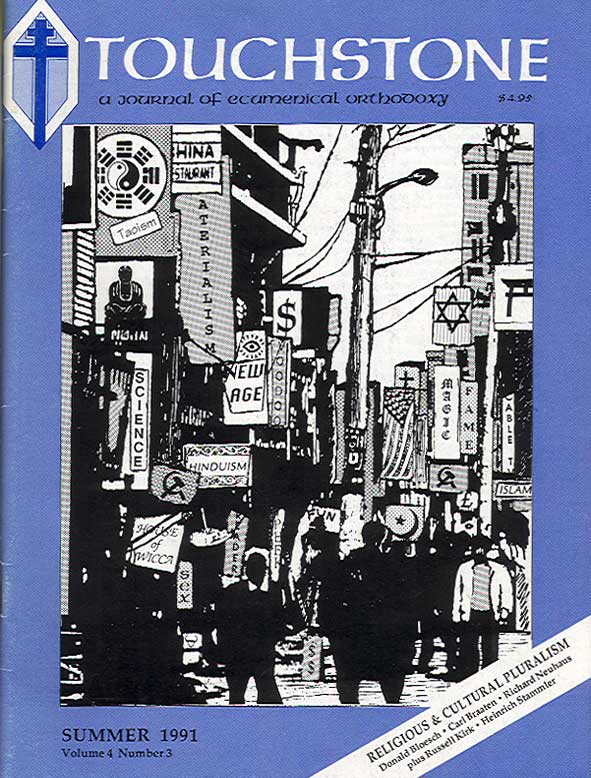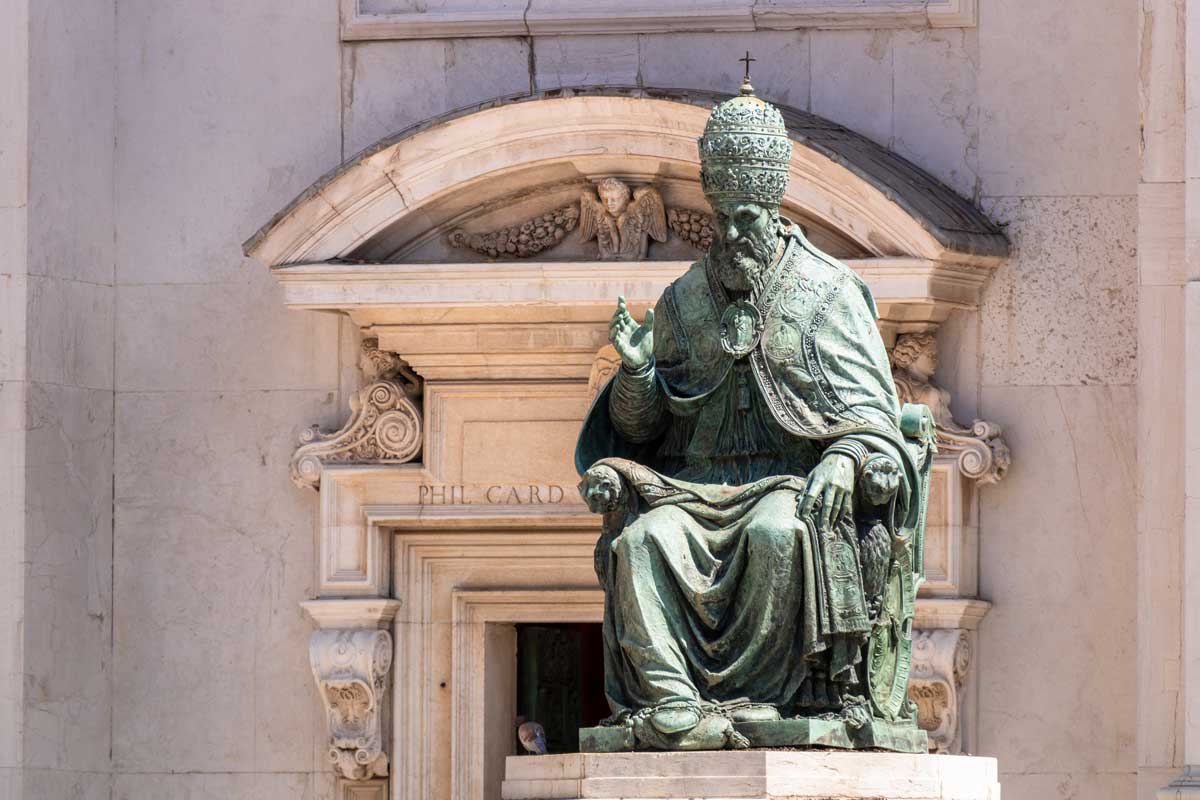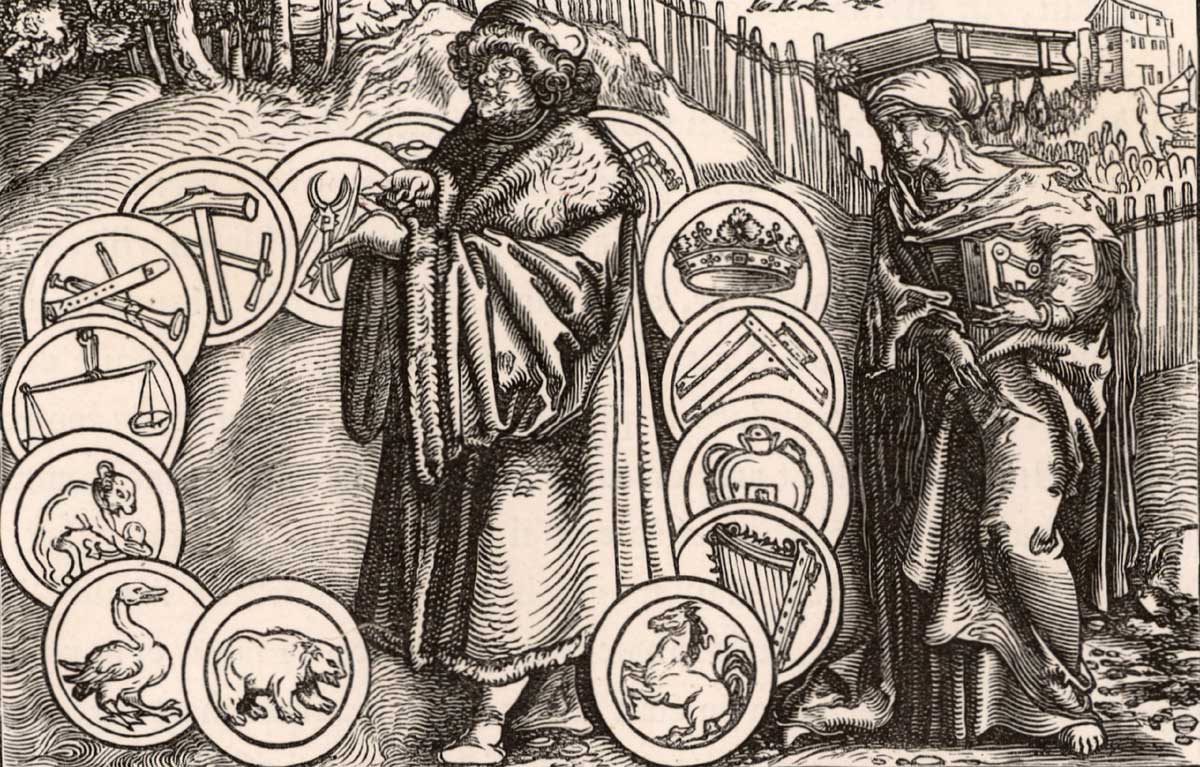Lessons From The Nursery
The Catholic Imagination Encounters Bambi
by James L. Sauer
In my family, it is our habit to read to the children before we put them to bed. Usually, it’s a few picture books without much substance, which move along fairly quickly—though the Pokey Little Puppy never seems to move quite fast enough for me. I must say, however, that I do enjoy the earlier Dr. Seuss material—especially the moralistic stuff— Horton Hatches the Egg (“I meant what I said and I said what I meant, an elephant’s faithful 100 percent”) and Horton Hears a Who (“A person’s a person. No matter how small”—a small didactic point for our generation).
We also have been reading our children some more substantial works—short novels like George MacDonald’s The Light Princess, a most happy allegory; and a children’s version of Pilgrim’s Progress. But a truly wonderful and unexpected pleasure, one could almost say an aesthetic experience, came to me recently through my parental reading of Felix Salten’s Bambi.
Now like most of you, the title Bambi immediately conjures up visual associations of the full-length Disney cartoon by that name. There is a certain romance to that version of the tale—but it is a Disney romance. We are subject to the childish delight in the wide-eyed Bambi, the frolicsome rabbit Thumper, and the shy little skunk, appropriately named Flower. These two last characters don’t even appear in the Salten text. In fact, there is so much alteration in tone and content that one ought to view the novel and the cartoon as two separate works, rather like two different versions of a myth.
Salten writes in the tradition of Aesop, but it is Aesop with a Wagnerian soundtrack. His word pictures of animals distill the spiritual substance of life. The reviewer in the Catholic World of 1928 said that Salten’s “approach to his subject is marked by poetry and sympathy and there are charming reminders of German folklore and fairy tale in his nature world.”1 E. H. Walton in the Bookman held that “the story is told with an enchanting clarity and simplicity. It creates its own atmosphere and its own terms.”2 Salten has given us a prose poem.
Hidden in our humanity, like some vestige of Adamic headship, is our unity with the animal world; there we find the imaginative ability to see through beastie eyes. It is not only pleasing, it also is almost necessary. Seeing with the animals reminds us of our creaturehood. Salten understands this preternatural link. This same perceptual power is seen in the modern fiction of Richard Adams’s Watership Down and Walter Wangerin, Jr.’s Book of the Dun Cow.
The lyrical power of Bambi in English came through the translating pen of Whittaker Chambers. A Communist at the point of translation, Chambers “thought the story rather sentimental, but it brought back to me my boyhood days in the woods, when I was watching the flight and pursuit of creatures under the ponds or among the grass stems. I made the translation. Bambi was an instant success. . . .”3 Even a dialectical materialist recognizes the romance.
Visions of Eros & Freedom
As I read Bambi, a number of emotion-charged visions made me pause. I literally stopped reading and set the book down more than once, overcome with a kind of aesthetic shock that takes the wind out of you.
The first experience occurred in the chapter on leaves. Hardly what one would consider the most promising topic for high art. Nevertheless, the chapter on leaves forms a picturesque parable of the problem of our existence. Two leaves discuss mutability and the afterlife:
James L. Sauer is the Director of Warner Memorial Library at Eastern College in St. Davids, Pennsylvania. He and his wife, Paula, live in Coatesville, Pennsylvania with their seven children.
subscription options
Order
Print/Online Subscription
Get six issues (one year) of Touchstone PLUS full online access including pdf downloads for only $39.95. That's only $3.34 per month!
Order
Online Only
Subscription
Get a one-year full-access subscription to the Touchstone online archives for only $19.95. That's only $1.66 per month!
bulk subscriptions
Order Touchstone subscriptions in bulk and save $10 per sub! Each subscription includes 6 issues of Touchstone plus full online access to touchstonemag.com—including archives, videos, and pdf downloads of recent issues for only $29.95 each! Great for churches or study groups.
Transactions will be processed on a secure server.
more on Catholic from the online archives

35.4—Jul/Aug 2022
The Death Rattle of a Tradition
Contemporary Catholic Thinking on the Question of War by Andrew Latham
more from the online archives
calling all readers
Please Donate
"There are magazines worth reading but few worth saving . . . Touchstone is just such a magazine."
—Alice von Hildebrand"Here we do not concede one square millimeter of territory to falsehood, folly, contemporary sentimentality, or fashion. We speak the truth, and let God be our judge. . . . Touchstone is the one committedly Christian conservative journal."
Support Touchstone
—Anthony Esolen, Touchstone senior editor











